
Custom Mascots for October Games: The Ultimate Fan Engagement Strategy
As the leaves turn and the excitement of October sports games begins to build, schools are always looking for new ways to engage their fans and elevate the game day experience. One of the most effective strategies to boost crowd involvement and school spirit is through the use of custom mascots. Mascots are more than just costumed characters—they represent the heart and soul of the school, embodying team pride and energizing both the players and the fans.
In this blog, we’ll explore why custom mascots are a must-have for October games and how schools can leverage them as the ultimate fan engagement strategy.
1. The Power of Mascots: Why They Matter
Mascots have a unique ability to connect with fans of all ages. Whether it’s leading a cheer, performing antics on the sidelines, or engaging with kids in the stands, mascots create memorable moments that resonate long after the game is over. Their fun, larger-than-life personas make them a central part of the game day experience.
Boosting School Spirit: A custom mascot that is designed to reflect the school’s identity and values can serve as a symbol of pride. Whether it’s a fierce animal, a powerful warrior, or a playful character, the mascot becomes the face of the school’s athletic teams. When students see their mascot on the field or court, they feel a sense of unity and pride, which helps foster a deeper connection to the school and its teams.
Engaging the Crowd: Mascots have an innate ability to get fans involved. From leading chants to performing dance routines, mascots know how to energize the crowd, especially during key moments of the game. When the mascot rallies the student section or gets the audience on their feet, the atmosphere becomes electric, pushing both the fans and players to give their all.
Creating Lasting Memories: Mascots are particularly popular with younger fans, making them a valuable tool for creating lifelong memories. Kids in the stands often see mascots as heroes, and getting a high-five or a photo with the mascot can become the highlight of their game day experience. These moments create lasting emotional ties to the school and its teams.
2. Designing the Perfect Mascot: Customization is Key
One of the most important aspects of a mascot’s success is its design. A well-designed, custom mascot should be instantly recognizable, embody the school’s values, and be tailored to the specific needs of the team and fan base. Off-the-shelf mascots simply can’t capture the unique spirit of a school, which is why investing in a custom mascot is worth the effort.
Reflecting School Identity: The mascot’s design should be a reflection of the school’s history, colors, and traditions. For example, a school with a strong athletic tradition might choose a fierce animal like a lion or eagle, while a school with a more playful spirit might opt for a quirky character that reflects its unique culture. Colors should match the school’s official palette to ensure the mascot seamlessly blends with other branding elements, like uniforms and merchandise.
Consider Practicality: While it’s important for a mascot to look visually striking, it also needs to be functional for the performer inside. Custom mascots should be designed with comfort and mobility in mind. Features such as lightweight materials, good ventilation, and ease of movement allow the mascot performer to interact with fans and move around the field or court without any issues. Additionally, a costume with interchangeable parts (such as gloves or shoes) can make the mascot more versatile and easier to maintain.
Personalization Options: Schools can add extra layers of personalization to their mascots by incorporating custom elements like the school’s motto, symbols, or even specific accessories that resonate with the student body. For example, a mascot could hold a prop that represents a local tradition or a piece of equipment tied to the school’s sport. The more unique and personalized the mascot, the stronger the connection to the school community.
3. Mascots and Game Day Engagement: Strategies for Success
Once a custom mascot is designed and ready for game day, it’s important to maximize its role in fan engagement. A mascot should never be a passive character—its primary purpose is to entertain and interact with the crowd in ways that enhance the overall game day experience.
Pre-Game Hype: A great way to build anticipation for the mascot’s appearance is by involving it in pre-game activities. Whether it’s participating in a pep rally, leading a parade, or greeting fans as they enter the stadium, the mascot should be front and center. Schools can also use social media to share teaser videos or photos of the mascot in action, encouraging fans to come to the game and see it live.
Sideline Antics: During the game, the mascot can play a huge role in keeping the crowd engaged, especially during slower moments. Sideline antics, such as goofy dances, playful interactions with fans, or even mock competitions with rival mascots, are great ways to maintain energy levels. The mascot should also lead chants and cheers, working closely with the cheerleading squad to amplify the crowd’s enthusiasm.
Halftime and Special Performances: Mascots can take on a starring role during halftime shows or special performances. Whether it’s dancing with the marching band, performing stunts, or leading interactive games with the audience, halftime is an opportunity for the mascot to showcase its personality and creativity. Special performances, such as skits or mini competitions, can add an extra layer of entertainment to the game day experience.
Photo Opportunities and Fan Interaction: One of the best ways to engage fans is through personal interaction. Having the mascot roam the stands, take photos with fans, and hand out giveaways or school merchandise can make the game day experience even more memorable. Schools can also set up designated photo stations where fans can take pictures with the mascot and share them on social media using the school’s hashtag.
4. Building a Strong Social Media Presence for Your Mascot
In the age of social media, mascots have the potential to extend their influence beyond game day. By creating a dedicated social media presence for the mascot, schools can build excitement leading up to October games and keep the mascot’s personality alive year-round.
Mascot Takeovers: Having the mascot take over the school’s social media accounts for a day is a fun way to engage students and fans. The mascot can post photos, videos, and stories from its perspective, giving followers a behind-the-scenes look at game day preparations or interactions with the team. This type of content is not only entertaining but also helps humanize the mascot and make it feel like a real part of the community.
Challenges and Contests: Social media is a great platform for launching mascot-related challenges or contests. Schools can encourage fans to share their best mascot photos or videos, participate in a mascot-themed dance challenge, or submit ideas for new mascot antics. These contests not only drive fan engagement but also generate user-generated content that can be shared to further build excitement.
Highlighting Special Moments: After each game, schools can share photos and videos of the mascot’s best moments, from leading cheers to funny sideline antics. Highlighting these moments on social media keeps the spirit of the game alive and encourages fans to continue interacting with the mascot long after the final whistle.
5. Mascots Beyond October: Keeping the Energy Going
While October is a peak time for sports and fan engagement, mascots shouldn’t be limited to just one season. By integrating the mascot into year-round events, schools can keep the energy and excitement going throughout the school year.
School Events: Mascots can be involved in a variety of school events beyond sports, such as pep rallies, fundraisers, or graduation ceremonies. Having the mascot present at these events not only adds an element of fun but also reinforces school pride and tradition.
Community Outreach: Mascots can also be ambassadors for the school in the local community. Whether it’s visiting local elementary schools, attending charity events, or participating in parades, the mascot can help strengthen the school’s relationship with the surrounding community. These appearances can also attract future students and boost the school’s reputation.
Mascot Merchandise: To keep the mascot’s influence strong, schools can sell mascot-themed merchandise, such as plush toys, t-shirts, or keychains. Offering limited-edition items that tie into specific games or events can generate excitement and encourage fans to take a piece of the mascot home with them.
Featured collection
Sexy Post Office Girl | Costume-Shop.com
Attention all aspiring letter carriers and mail enthusiasts! Prepare to deliver a package of seductive style and naughty charm with our Sexy Post O...
View full detailsNorthern Warrior Costume | Costume-Shop.com
Upgrade your costume game to legendary status with the Northern Warrior Costume! Designed for rugged adventurers and fearless warriors of the North...
View full detailsBeer Garden Babe Oktoberfest | Costume-shop.com
🇩🇪 Step into the Festivities with Bavarian Charm! Embrace the spirit of Oktoberfest in the Beer Garden Babe Costume from www.Costume-shop.com. Perf...
View full detailsSailor's Delight | Costume-Shop.com
🚢 Navigate the High Seas of Fashion! Command attention at your next party with the Sailor's Delight Costume from www.Costume-shop.com. Perfect for ...
View full detailsSexy Police Officer Hottie | Costume-Shop.com
🚓 Enforce Fun with a Dash of Flair! Step into the role of authority with the Sexy Police Officer Hottie Costume from www.Costume-shop.com. Designed...
View full details
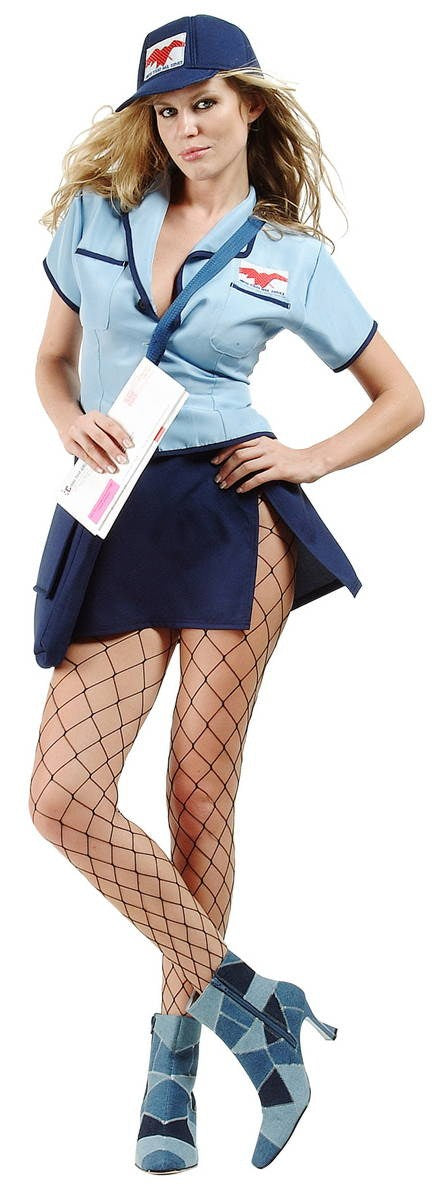
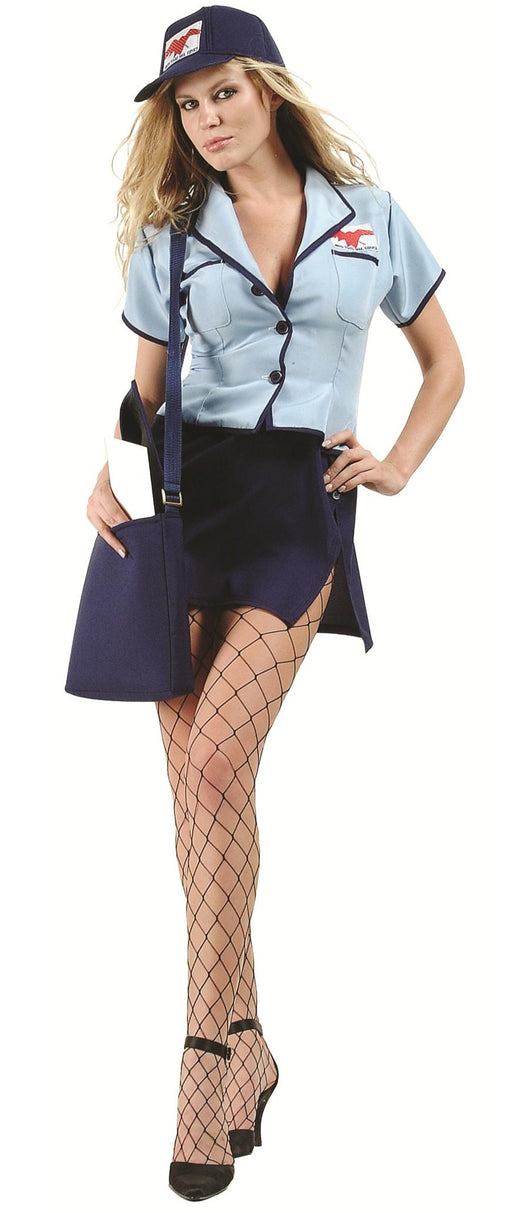


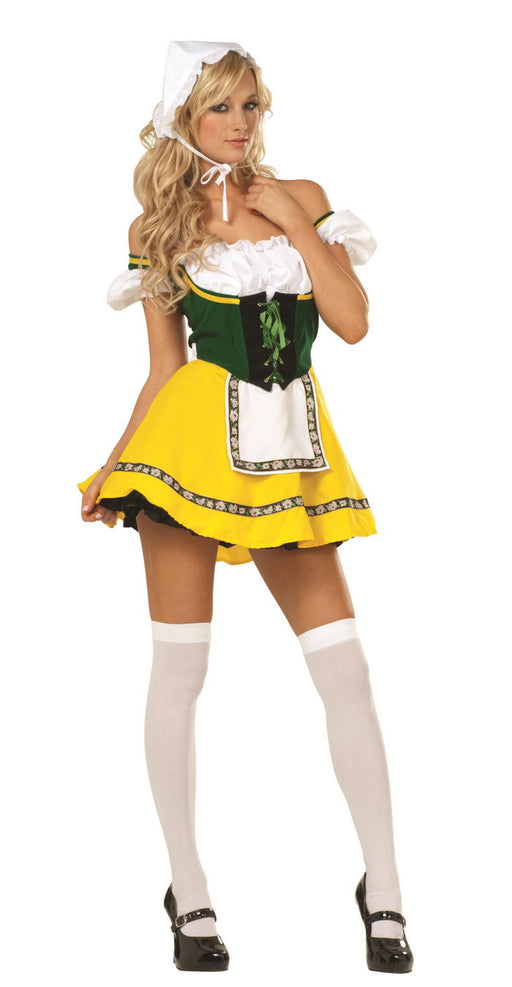
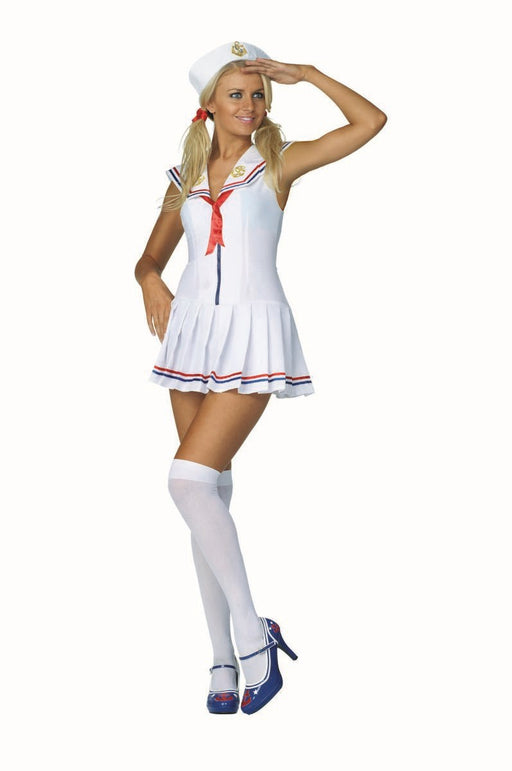
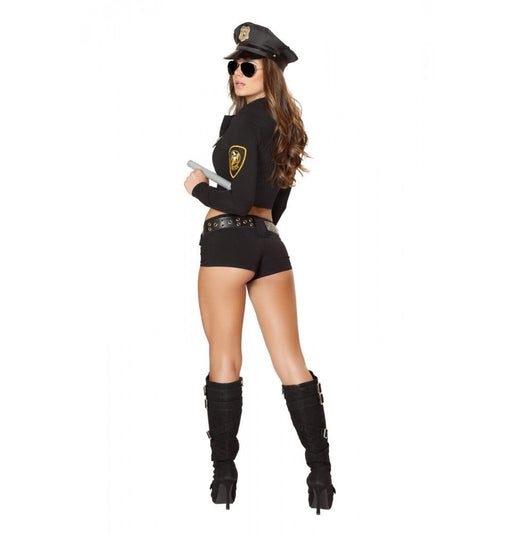
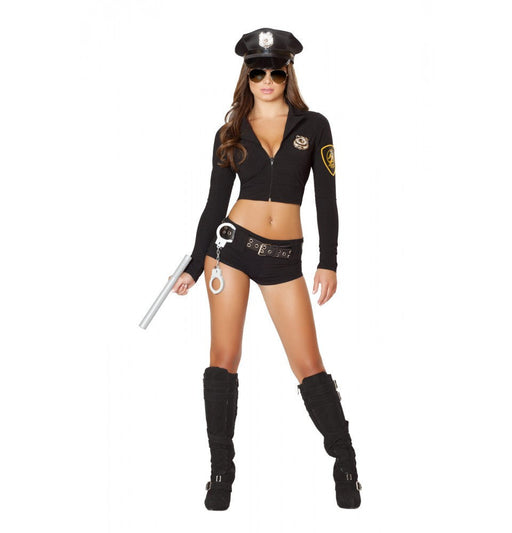
Leave a comment